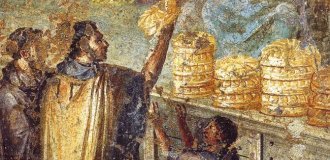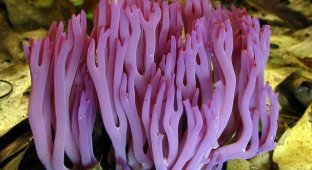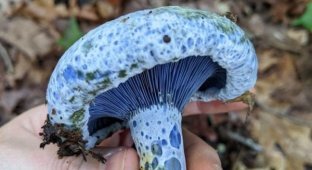Scientist pretended to be a golf ball for an unknown mushroom for several decades (4 photos)
Once a biologist decided to play a trick on his colleagues and the joke dragged on for several decades. He reported in an article about a new species mushrooms. In fact, they were golf balls burned at the stake. 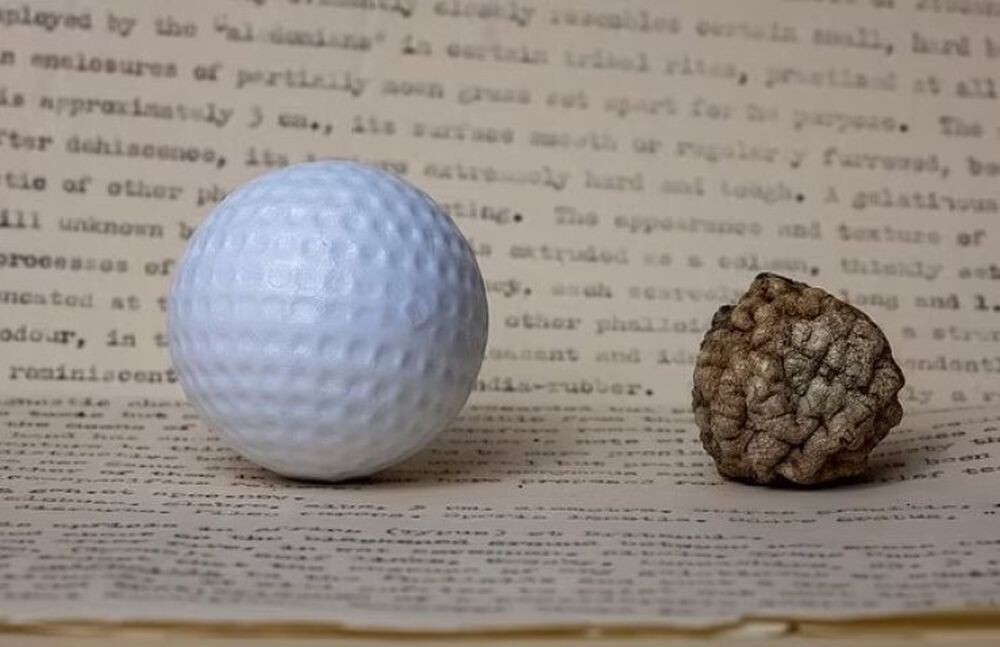
This amazing story began in 1953 when members of the public from England and Africa sent to the Royal botanical gardens (Kew Gardens) three amazing specimens that looked like shriveled spheres and were considered a "new kind of fungus", Daily Mail.
At that time the head of the department of mycology at the Royal botanical gardens, Richard Dennis worked, who described the specimen in 1962 in his research work. It is worth noting that the researcher had an excellent sense of humor, which is probably why he decided make fun of the scientific community. The scientist died in 2003, but before the latter kept his secret, although he left many clues in his research article. 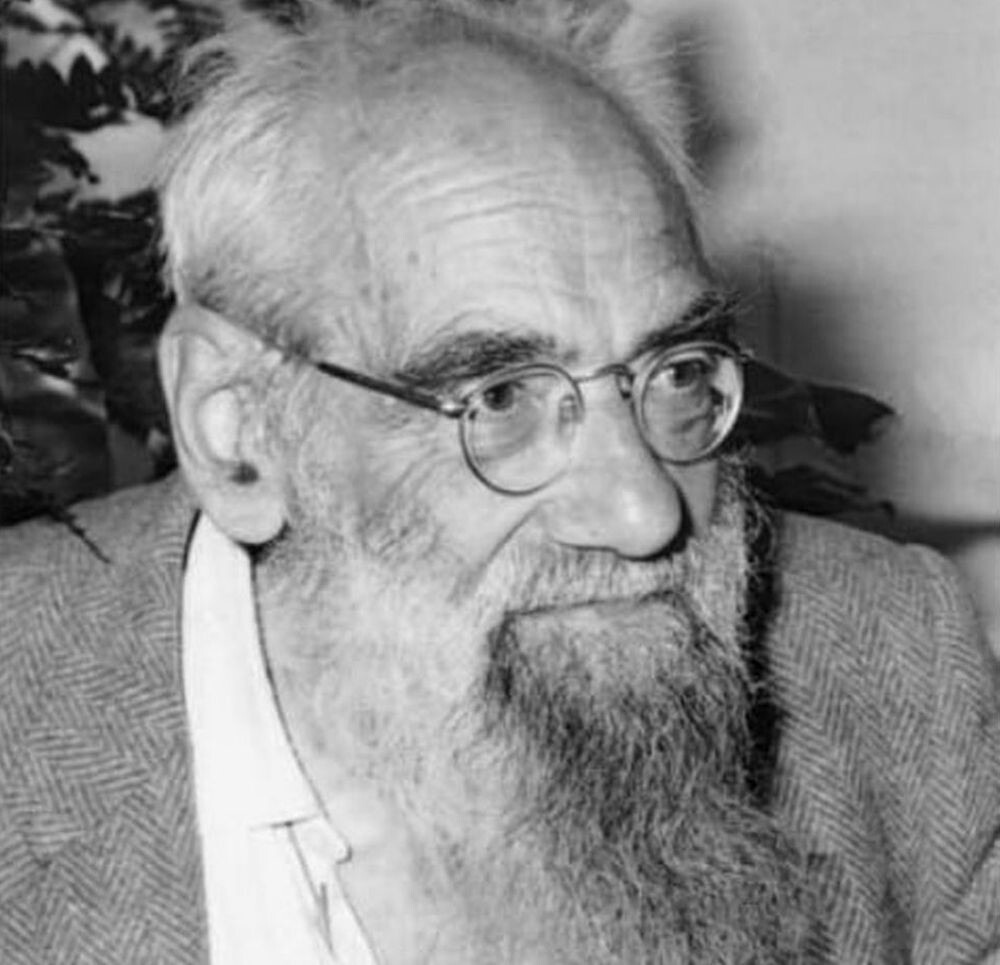
In his paper, Professor Dennis named the new "species" Golfballia ambusta, which means "scorched ball for golf". In fact, he literally said what these new amazing samples. However, instead of speaking directly about In doing so, he wrote an ironic research paper and even gave samples new name.
The professor's article was published in the Kew Guild Journal and was called "A Remarkable New Genus of Phalloids in Lancashire and East Africa". It is curious that in his article the scientist described the samples as "unopened fruiting body", which is extremely similar to "small, hard but elastic balls used by the Caledonians in tribal rituals" practiced at any time of the year in fences made of partially cut grass. 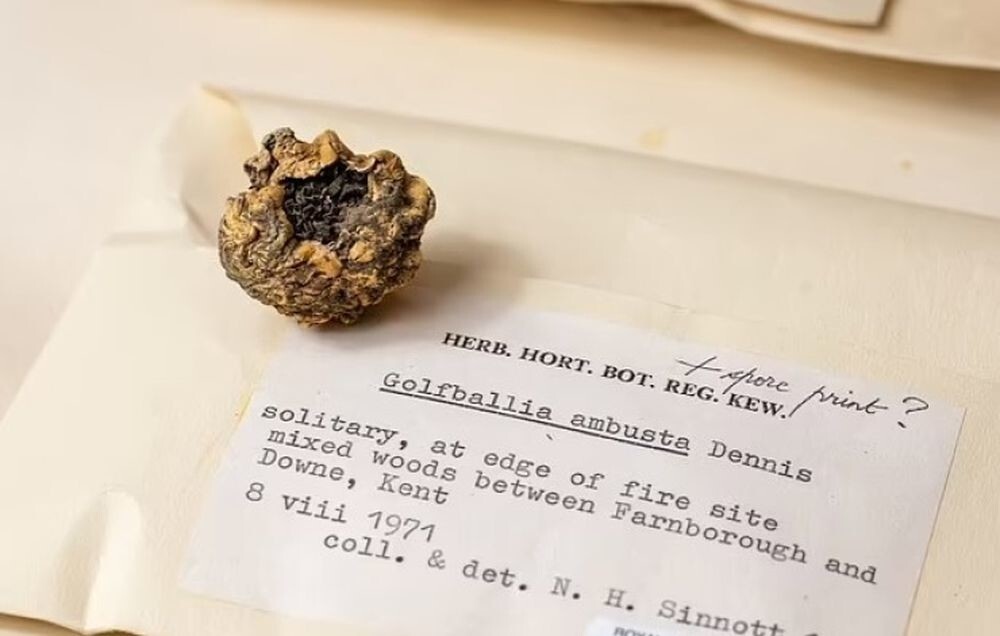
Dennis also noted that, like other phalloids, these samples have a strong and characteristic pleasant smell, reminiscent of old and heated rubber. The professor also writes that the taste of new samples not registered, however it is probably mild and non-toxic as fruiting bodies can hardly be dangerous. However, he ironically noticed that they may be inedible "because of their structure."
It is assumed that the samples obtained by Dennis were lost by golfers, then unknowingly burned at the stake, and after they were rediscovered by humans. As a result, people assumed that these samples may actually be of interest to scientists. 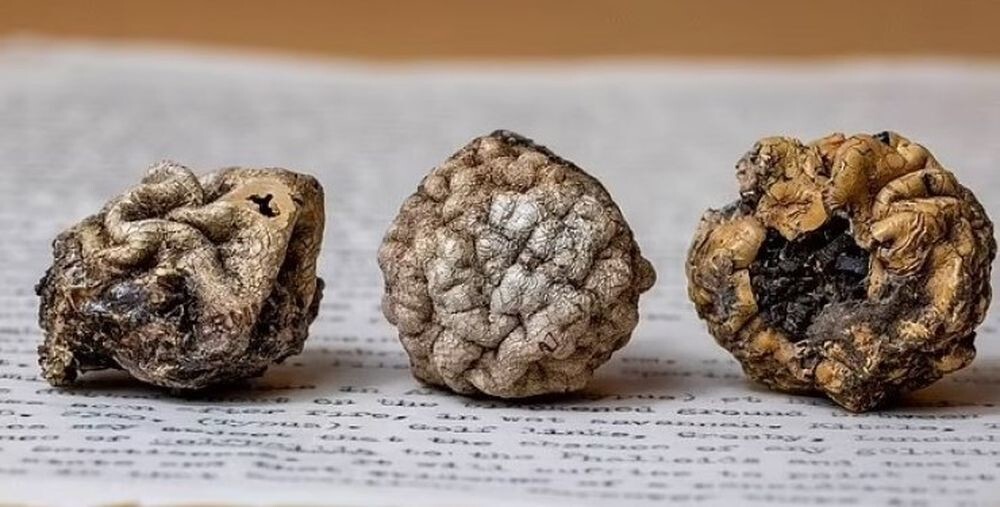
It is curious that these three samples are still kept in Kew's Fungarium collection, although it is currently closed to public. Scientists are still debating whether samples should be stored in Royal Botanic Gardens. However, since Dennis added this new species to the collection, it will probably remain in it forever.









